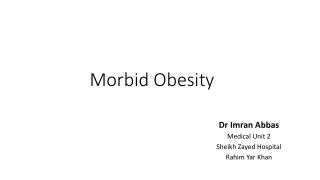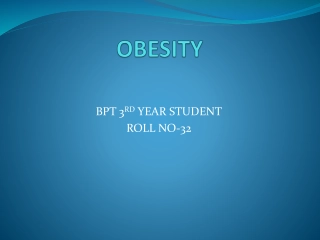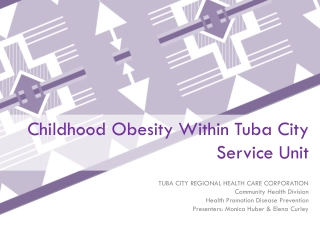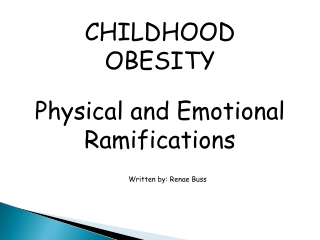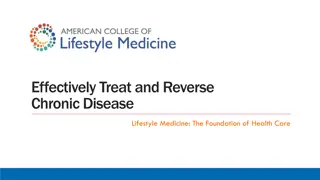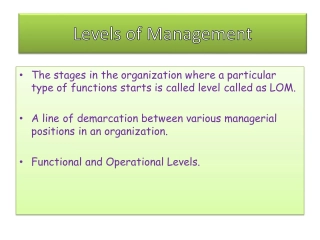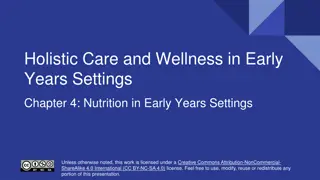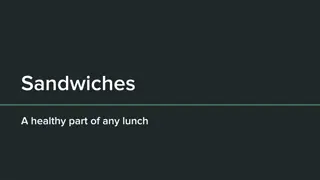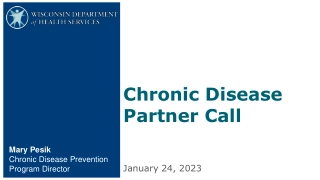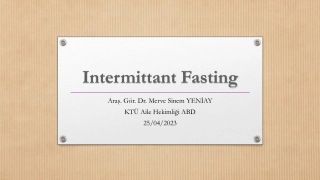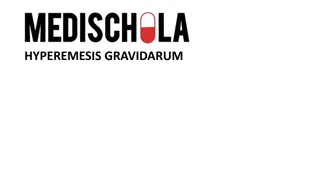Dietary Management for Morbid Obesity
Learn about the causes of morbid obesity and the right approach for weight loss through healthy eating, physical activity, and medical care if needed.
- dietary management
- morbid obesity
- weight loss
- physical activity
- healthy eating
- medical care
- causes
- healthy diet
Download Presentation
Please find below an Image/Link to download the presentation.
The content on the website is provided AS IS for your information and personal use only. It may not be sold, licensed, or shared on other websites without obtaining consent from the author. Download presentation by click this link. If you encounter any issues during the download, it is possible that the publisher has removed the file from their server.
Presentation Transcript
D i e t a r y M a n a g e m e n t f o r M o r b i d O b e s i t y Maidah Noor Nutritionist
Agenda Dietary Management Calories Intake Goals for Weight Loss Physical Activity Diet Plan Food Safety & Hygiene
What is Morbid Obesity? Morbid obesity is a condition in which you have a body mass index (BMI) higher than 35. BMI is used to estimate body fat and can help determine if you are at a healthy body weight for your size.
What are the causes? Energy imbalance for a longer period of time. Energy in > Energy out. Excess calories intake and lack of physical activity.
The right approach for weight loss Healthy eating plan that reduces caloric intake. Regular physical activity and exercise. Healthy eating behavior. Slow & steady weight loss of about 2 pounds a week. Medical care if needed.
Physical Activity Contributes to weight loss. Helpful for the prevention of overweight and obesity. Helps maintain weight loss.
How much physical activity a day? To help manage weight and prevent unhealthy weight gain: Engage in approximately 60 minutes of moderate activity for most of the days of week. To sustain weight loss: Participate in at least 60-90 minutes daily of moderate to vigorous physical activity while not exceeding caloric intake.
Healthy Diet A healthy diet helps to protect against malnutrition in all its forms, as well as noncommunicable including diabetes, heart disease, stroke and cancer. Unhealthy diet and lack of physical activity areleading globalriskstohealth. Healthy dietary practices may have longer term health benefits such as reducing the risk of becoming overweight or obese and developing NCDslaterinlife. diseases (NCDs),
Adequate Nutrients Consume a variety of nutrient-dense foods(whole grains, fruits, vegetables, low- fat dairy, lean meat) and beverages within and among basic food groups. Limits the intake of saturated fats, trans fats, added sugars, salt and alcohol.
Food groups to encourage Choose a variety of fruits and vegetables 3- 4 servings per day (dark green leafy, orange & starchy vegetables). Consume 3 or more ounce- equivalent of whole grains (oats) or enriched grains. Consume 3 cups per day of fat free or low- fat milk and milk products.
Fats Keep total fat intake between 20 - 35 percent of calories (With most fats coming from sources of polyunsaturated and monounsaturated fatty acids). Limit intake of fats and oils high in saturated and/or and choose products low in such fats. trans fatty acids,
Carbohydrates Choose fiber-rich fruits, vegetables, and whole grains often. Choose and prepare foods and beverages with little added sugars or caloric sweeteners. Sodium Consume (approximately 1 teaspoon of salt) of sodium per day. less than 2,300 mg
Diet Planning Age = 40 years Weight = 177 kg Height = 175 cm BMI = 58 kg/m2 Ideal Body weight IBW = 66kg Total Energy Expenditure TEE = 1409 kcals/d Caloric Deficit 30 % (422) = 986 kcals/d Measuring estimation knee height for height
Food Safety Clean hands, food contact surfaces, fruits, and vegetables. Separate raw, cooked, and ready-to-eat foods while shopping, preparing, or storing foods. Cook foods to a safe temperature to kill microorganisms. Chill (refrigerate) perishable food promptly and defrost foods properly. Avoid raw (unpasteurized) milk or any products made from unpasteurized milk, raw or partially cooked eggs.
T H A N K Y O U


